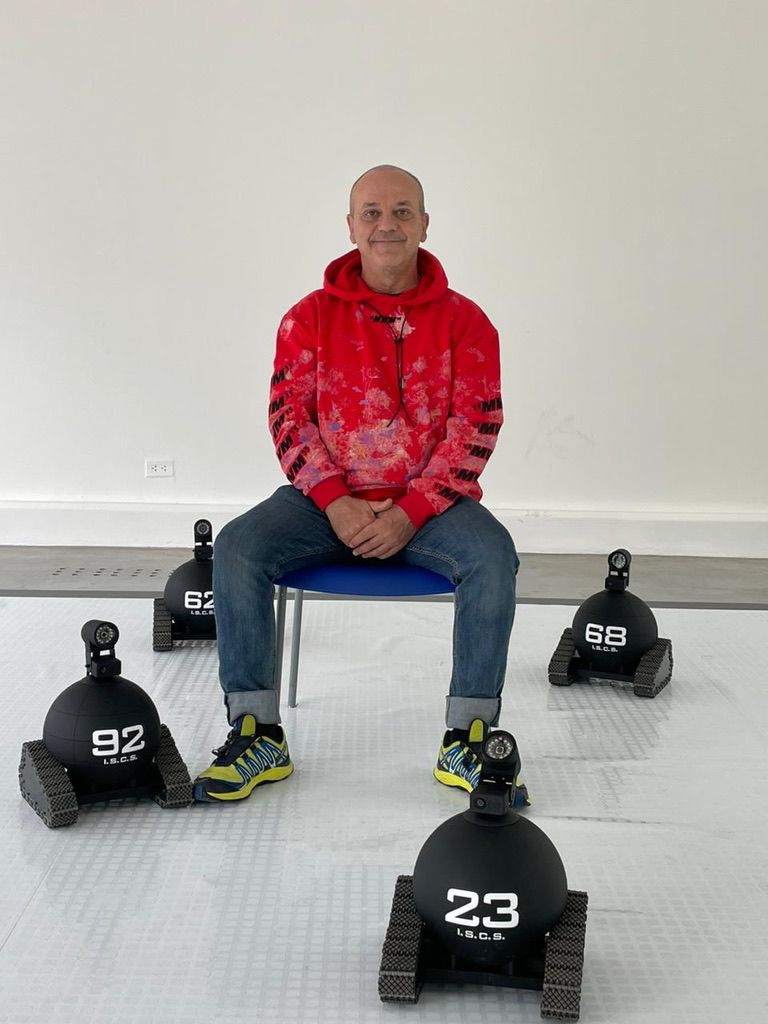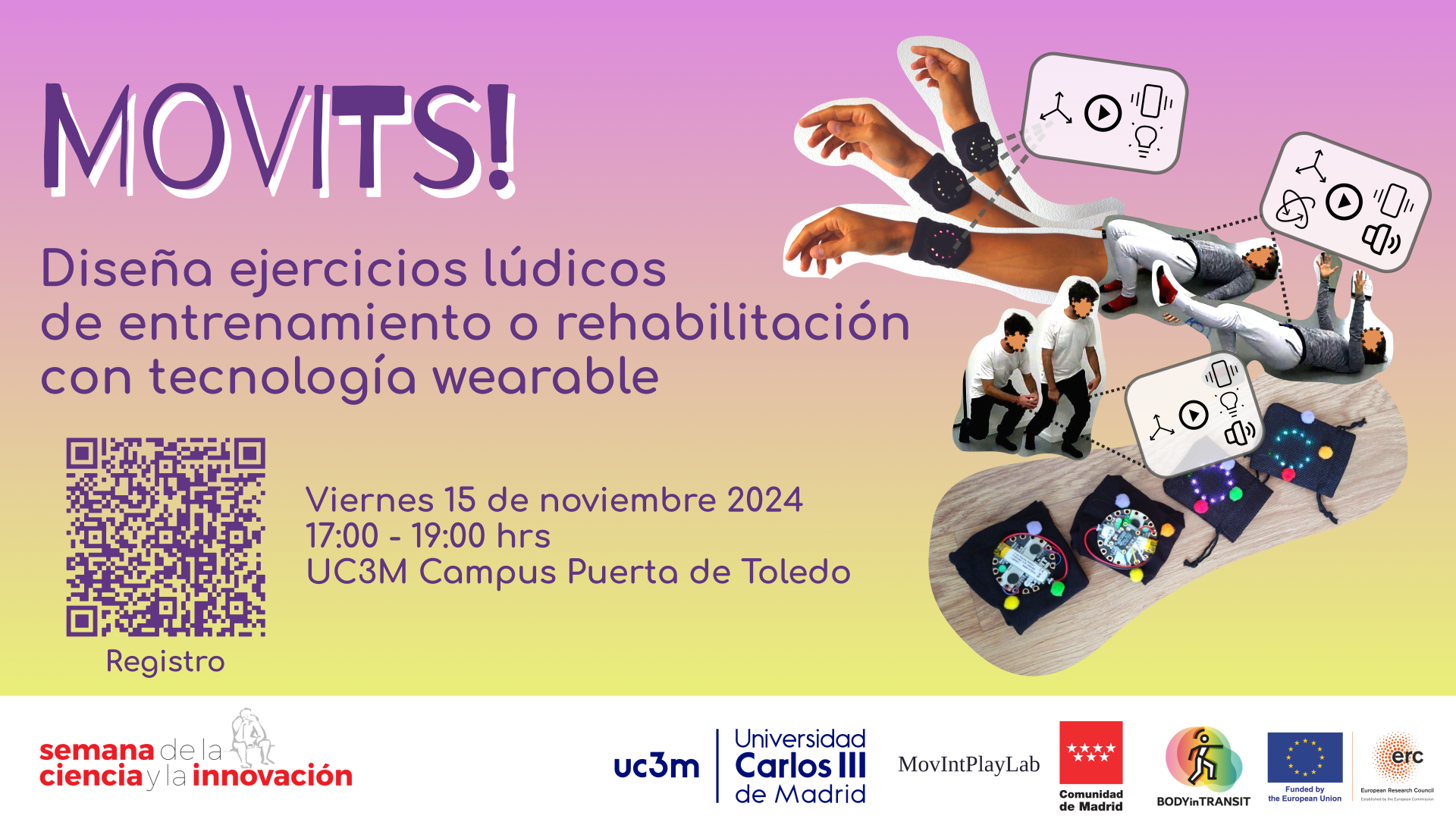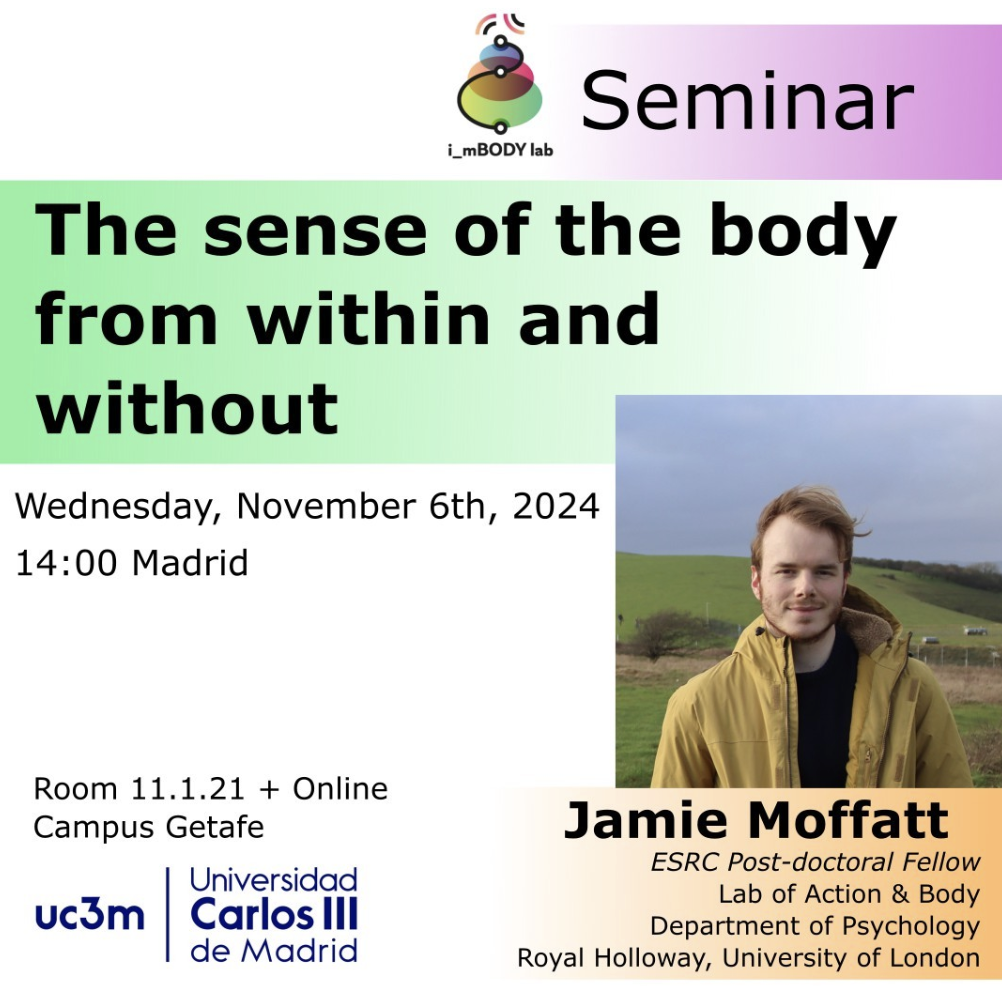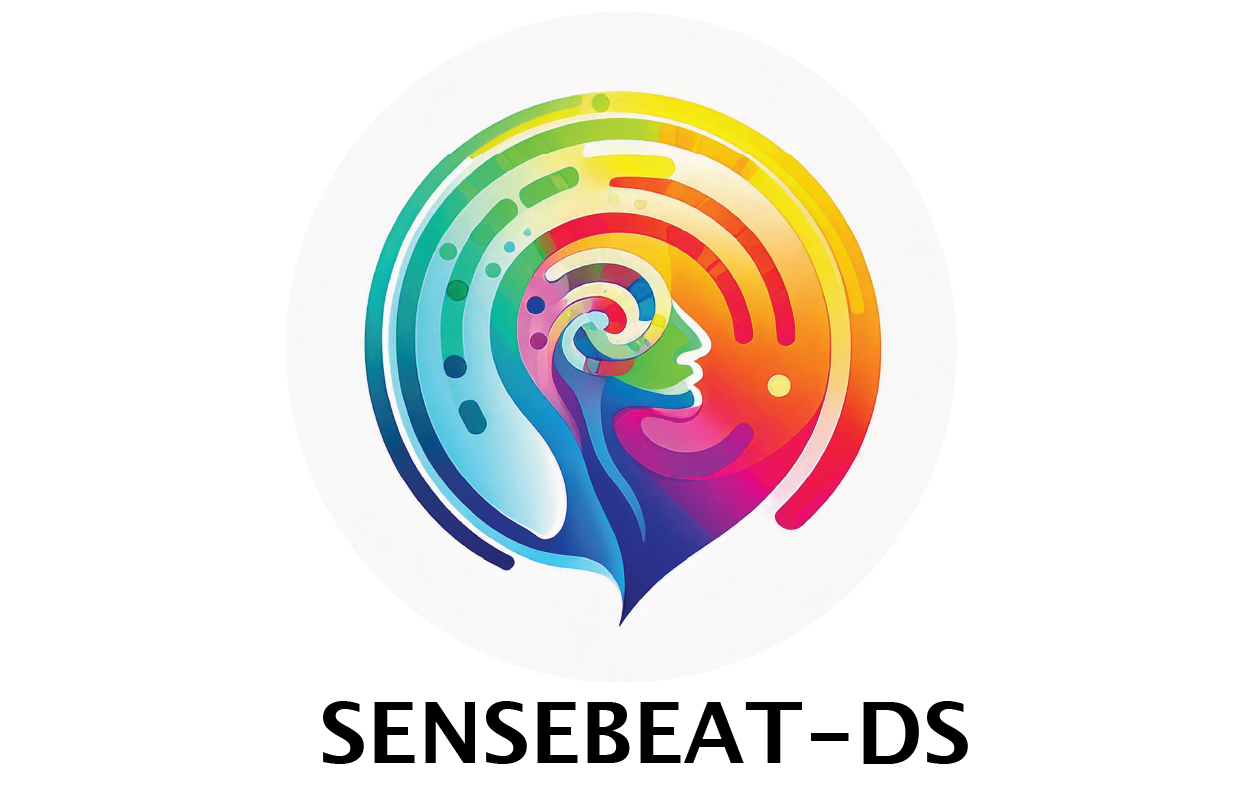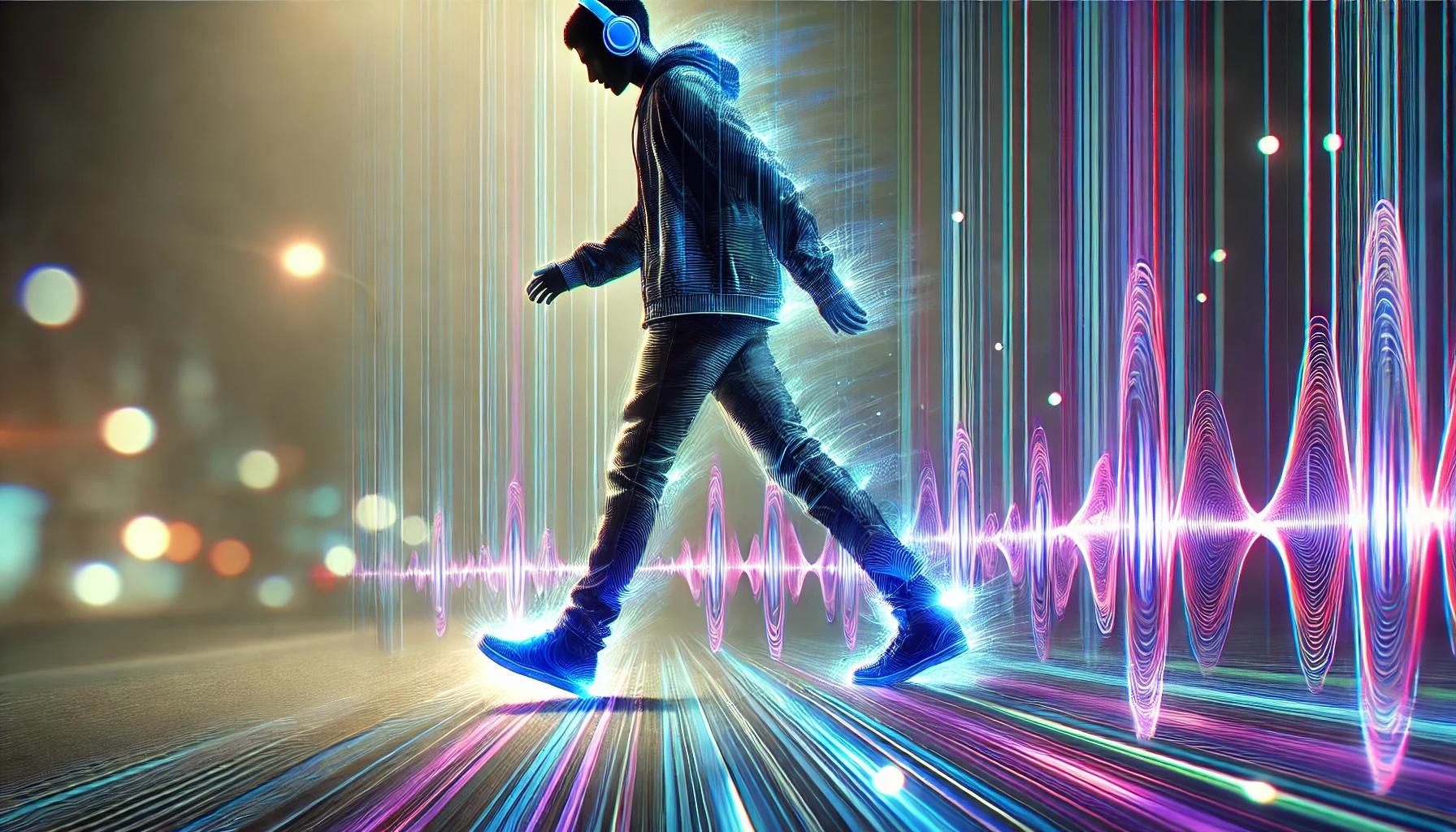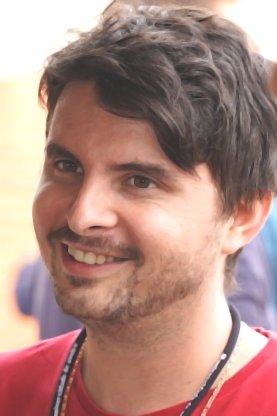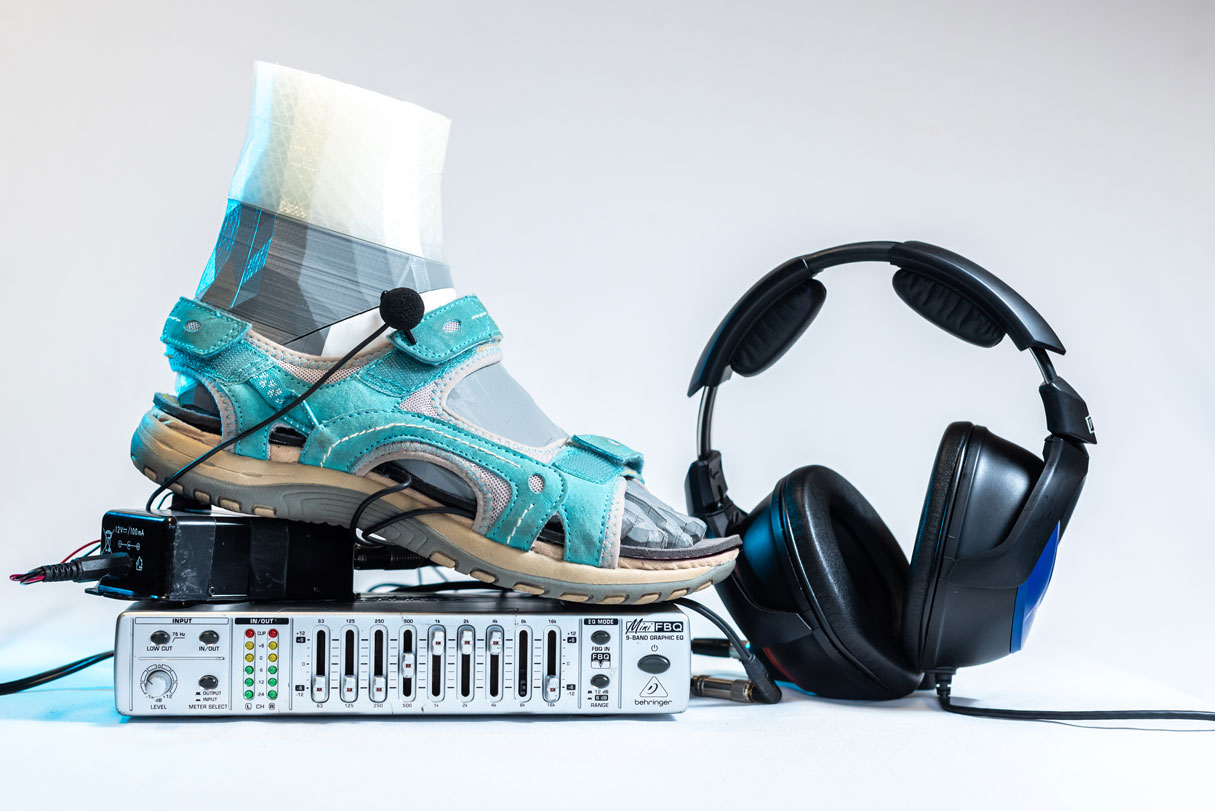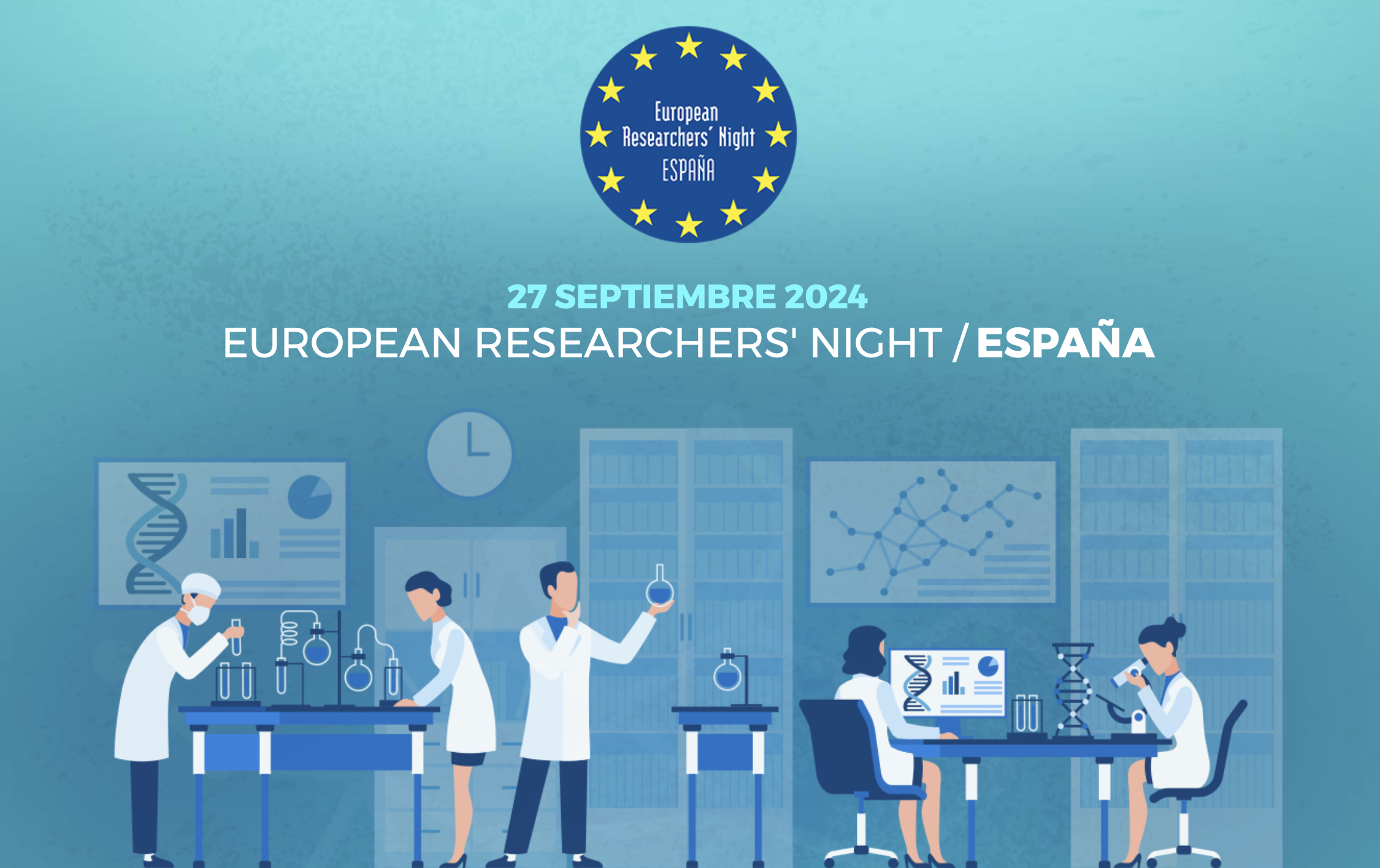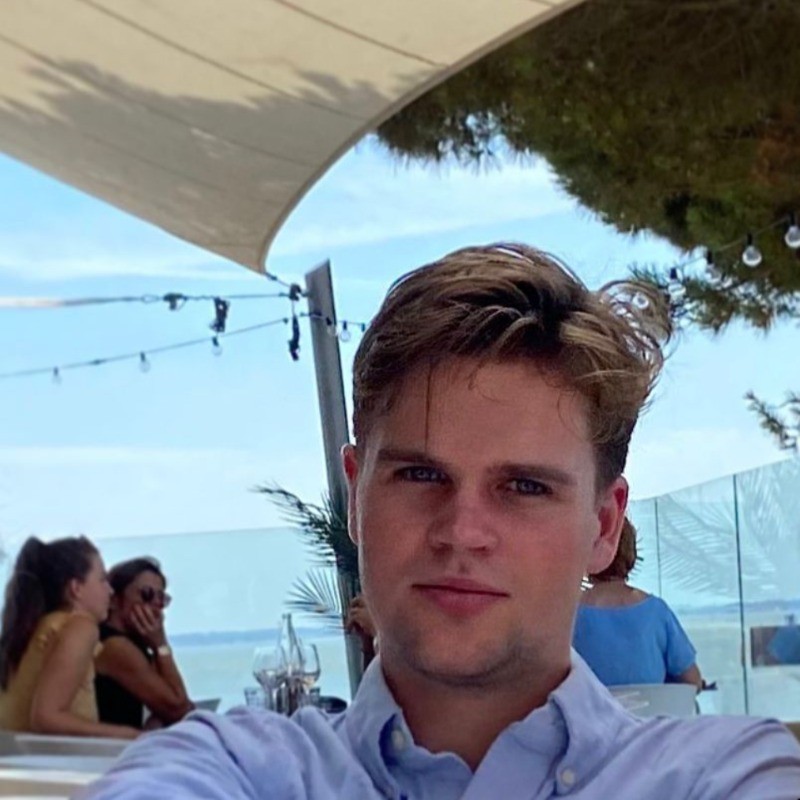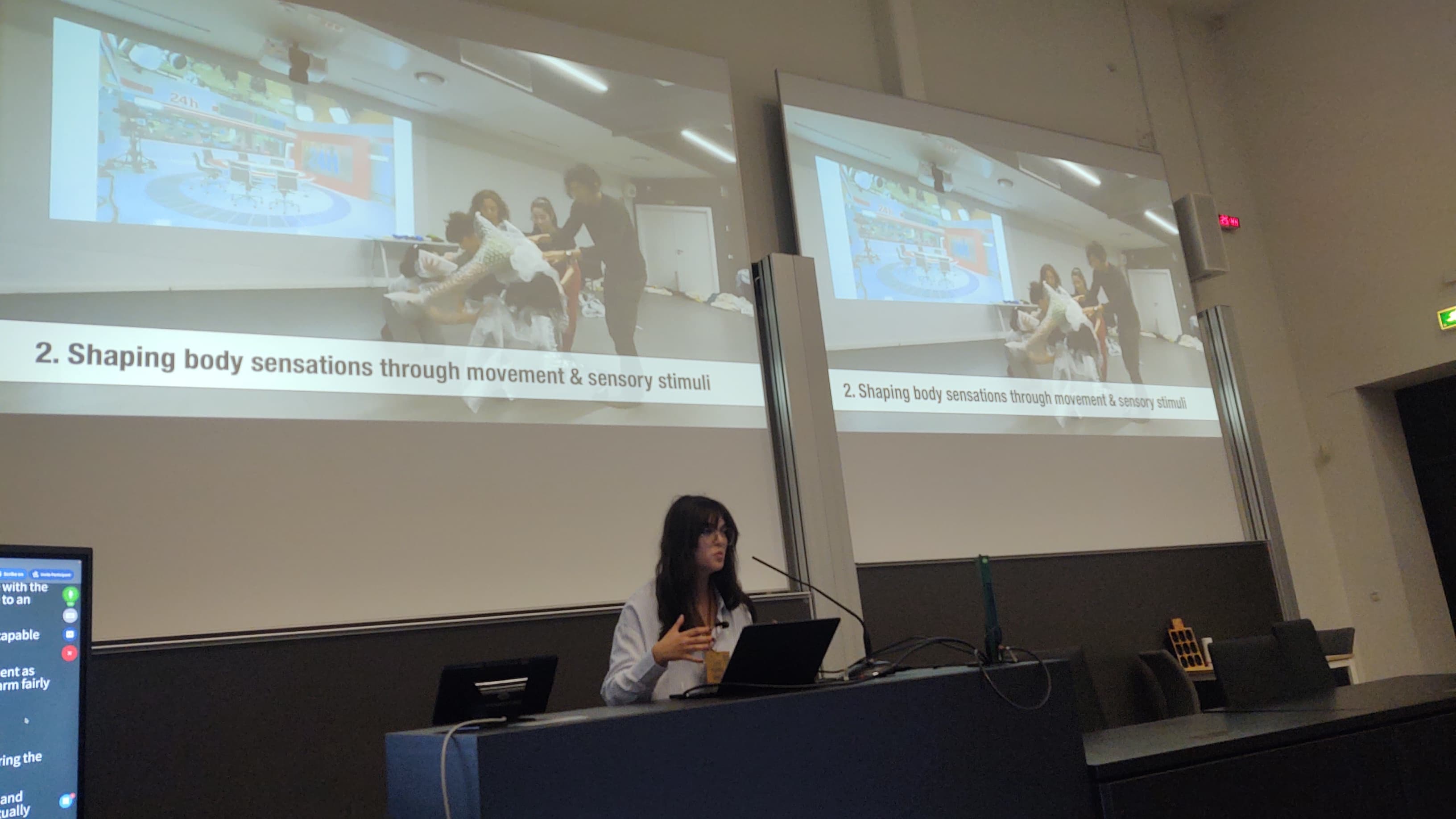The robot: past, present and future. From the automaton machines to science fiction
Date: 2024-11-20, 14:00h-15:00h UTC+2 (CEST)
Speaker: Ricardo Iglesias García, Fine Arts Faculty, Universidad Complutense de Madrid
Title: The robot: past, present and future. From the automaton machines to science fiction
Abstract:
Journey through the imaginary of the robot, from its first babblings as a servant of the gods, to its mechanical dazzling in the new technologies of the XXII century and its future conversion into “being”, into an independent entity of its own, in what science calls the ‘singularity’, glimpsing the predictions of science fiction and attending to the promises of science. “Today’s robots have been largely predetermined by their literary ancestors.” (You robot. Antropologia della vita artificiale. Riccardo Notte, 2005).
Biography:
Degree in Philosophy and Arts (UAM), PhD Cum Laude in Fine Arts (UB). European rank and Extraordinary Doctorate Award 2011-2012, Master in Video Game Design and Development (UCM). Professor at the Faculty of Fine Arts. UCM. III New Media Art MADATAC Essay Award (2015) publication: Art and robotics: technology as aesthetic experimentation.
Working concepts: Interaction understood as open systems of action in public spaces, Communication as experimentation of new forms of aesthetic language, and Control as an agglutinating concept of registration behaviors in today’s societies.
Exhibitions (selection): Utopian Towers. Shared Spaces (Madrid 2023) Origens. ISEA2022 (Barcelona 2022) Academia Fachada (Zaragoza 2022) Glitches y modificaciones de la realidad (Madrid 2021) (Al)most life, after all (Barcelona 2019) Estéticas Expandidas (Colombia 2019) El origen de la Magia (Madrid 2019) Noviembre Electrónico (Buenos Aires 2017) HarddiskMuseum (Barcelona, 2017) Electronic Timing. Colección BEEP (Valencia 2017) ArtPlay 1840s (TATE, UK, 2014) Metáforas de la supervivencia (Buenos Aires 2013) Festival VG Vídeo Guerrilla (Sao Paulo 2012) ((.mOv)) Videoarte en mOvimiento (Lima, 2012) FILE | Electronic Language International Festival (Sao Paulo 2011 // Rio de Janeiro 2006) Sónar. Festival Internacional de Música y Arte (Barcelona 2013 // 2010) Les Rencontres Internationales (Paris 2008 // Madrid 2008) Banquete. Nodes and Networks (ZKM – Karlsruhe 2009 // LaBoral-Gijón 2008) Sintopía(s) (Instituto Cervantes – New York 2008 // Beijing, 2007).
—
If you are interested in giving a talk please write an email to: lab.imbody@gmail.com.
Join us for Madrid Science Week (Semana de la Ciencia)
Step into the exciting intersection of movement, technology, and creativity at our hands-on workshops for Madrid Science and Innovation Week 2024! Whether you’re curious about
The sense of the body from within and without
Date: 2024-10-07, 13:00h-14:00h UTC+2 (CEST)
Speaker: Carlos Cortés, Grupo de Tratamiento de Imágenes, Universidad Politecnica de Madrid
Title: The Possibilities of Natural Interaction in XR: A Hands-On Approach
Abstract:
This talk will present a comprehensive overview of natural interaction methods developed within the context of XR applications. The focus will be on hand-based interactions and the possibilities and challenges involved in creating a user-centric XR environment while meeting technical requirements.
The presentation will delve into the Epsilon project, a joint initiative between Nokia and the UPM, which aimed to enable XR training for construction measurements using egocentric segmentation and natural interfaces. The challenges and requirements of XR applications in the construction domain will be discussed, along with the results of two QoE experiments conducted within the project.
In addition, the Incluverso Project—a collaboration between Nokia, Fundación Juan XXIII, and UPM—will be presented. This initiative uses XR technology to adapt behavioral and cognitive therapies for individuals with intellectual disabilities. The presentation will cover the project’s progress and initial findings related to therapy outcomes, including the development of a comprehensive tool for monitoring and implementing XR therapy for bathmophobia treatment, as well as a tool designed to adapt cognitive training tasks to an XR environment.
Finally, the talk will discuss the project’s future work, including the development of a training tool that enables users to participate in and follow a cooking lesson using XR technology. The potential practical applications of this tool and its impact on learning, engagement, and independence for individuals with intellectual disabilities will be highlighted.
Biography:
Carlos Cortés is a postdoctoral researcher at the Universidad Politécnica de Madrid. His research focuses on natural interfaces, particularly hand-based interactions, and how they impact the user experience in Social XR settings, especially considering factors like delay.
SENSEBIT-DS
SENsory and Body perception EvAluaTion in Depressive Symptomatology 2025-2028 El proyecto SENSEBEAT investiga los patrones sensoriales y la percepción corporal en trastornos depresivos. Las alteraciones
Call for Participants: Paid Study on Technology and Body Perception (October–November 2024)
Would you like to help us in our research on technology and body perception?
We are looking for participants for our study on body perception where we use sound and a suit with sensors.
The Possibilities of Natural Interaction in XR: A Hands-On Approach
Date: 2024-10-07, 13:00h-14:00h UTC+2 (CEST)
Speaker: Carlos Cortés, Grupo de Tratamiento de Imágenes, Universidad Politecnica de Madrid
Title: The Possibilities of Natural Interaction in XR: A Hands-On Approach
Abstract:
This talk will present a comprehensive overview of natural interaction methods developed within the context of XR applications. The focus will be on hand-based interactions and the possibilities and challenges involved in creating a user-centric XR environment while meeting technical requirements.
The presentation will delve into the Epsilon project, a joint initiative between Nokia and the UPM, which aimed to enable XR training for construction measurements using egocentric segmentation and natural interfaces. The challenges and requirements of XR applications in the construction domain will be discussed, along with the results of two QoE experiments conducted within the project.
In addition, the Incluverso Project—a collaboration between Nokia, Fundación Juan XXIII, and UPM—will be presented. This initiative uses XR technology to adapt behavioral and cognitive therapies for individuals with intellectual disabilities. The presentation will cover the project’s progress and initial findings related to therapy outcomes, including the development of a comprehensive tool for monitoring and implementing XR therapy for bathmophobia treatment, as well as a tool designed to adapt cognitive training tasks to an XR environment.
Finally, the talk will discuss the project’s future work, including the development of a training tool that enables users to participate in and follow a cooking lesson using XR technology. The potential practical applications of this tool and its impact on learning, engagement, and independence for individuals with intellectual disabilities will be highlighted.
Biography:
Carlos Cortés is a postdoctoral researcher at the Universidad Politécnica de Madrid. His research focuses on natural interfaces, particularly hand-based interactions, and how they impact the user experience in Social XR settings, especially considering factors like delay.
We are hiring! PhD Position
We are hiring!
PhD Position: Study of Sensory and Body Perception in Depressive Disorders using Wearable Technology and Machine Learning within the project “SENSEBEAT-DS: Sensory and Body Perception Evaluation in Depressive Symptomatology.”
European Researcher’s Night at i_mBody Lab – Noche de las Investigadoras e Investigadores
On Friday September 27th 2024, I_mBody Lab will host European Researcher’s Night at UC3M as part of the “Noche Europea de las Investigadoras e Investigadores de Madrid” event happening in Spain.
From continuous biosignals to spike trains: LAST opens the door to the effective training of spiking neural networks on continuous signals, Freek Hens, Radboud University and Australian National University
Date: 2024-09-25, 12:00h-13:00h UTC+2 (CEST)
Speaker: Freek Hens, Radboud University and the Australian National University
Title: From continuous biosignals to spike trains: LAST opens the door to the effective training of spiking neural networks on continuous signals
Abstract:
Can we use the brain’s own language to diagnose chronic lower back pain? In this talk, I’ll present our groundbreaking work applying Spiking Neural Networks (SNNs) to classify chronic lower back pain using the EmoPain dataset. This is the first time SNNs have been used for this purpose.
We’ve developed a novel encoding technique called Learning Adaptive Spike Thresholds (LAST) to efficiently convert continuous biosignals into spike trains. Combined with an ensemble of Spiking Recurrent Neural Networks (SRNNs), our approach effectively handles the complexities of multi-stream sEMG and IMU data.
Despite the challenges of limited data and imbalanced classes, we’ve achieved impressive results, outperforming traditional methods and even state-of-the-art deep learning models. Our findings pave the way for energy-efficient, wearable solutions for chronic pain management. Join me to learn more about our innovative approach and its potential impact.
Biography:
Freek Hens holds Bachelor’s and Master of Science degrees in AI from Radboud University, Nijmegen, the Netherlands. He is currently pursuing additional studies at the Australian National University (ANU) in Canberra, Australia. His research interests span efficient neuromorphic computing, particularly Spiking Neural Networks (SNNs), Computer Vision, and Natural Language Processing (NLP).
His Master’s thesis focused on developing energy and time-efficient AI models using SNNs, resulting in a cum laude distinction and a forthcoming journal publication. To broaden his AI expertise, he is exploring Computer Vision at ANU. Additionally, Freek gained experience in NLP during an internship centred on large-scale text classification with limited labelled data.
Participation in DIS2024
Laia Turmo Vidal and José Vega-Cebrián participated in DIS2024, the ACM Conference on Designing Interactive Systems 2024 conference, which took place in ITU Copenhagen, Denmark,

